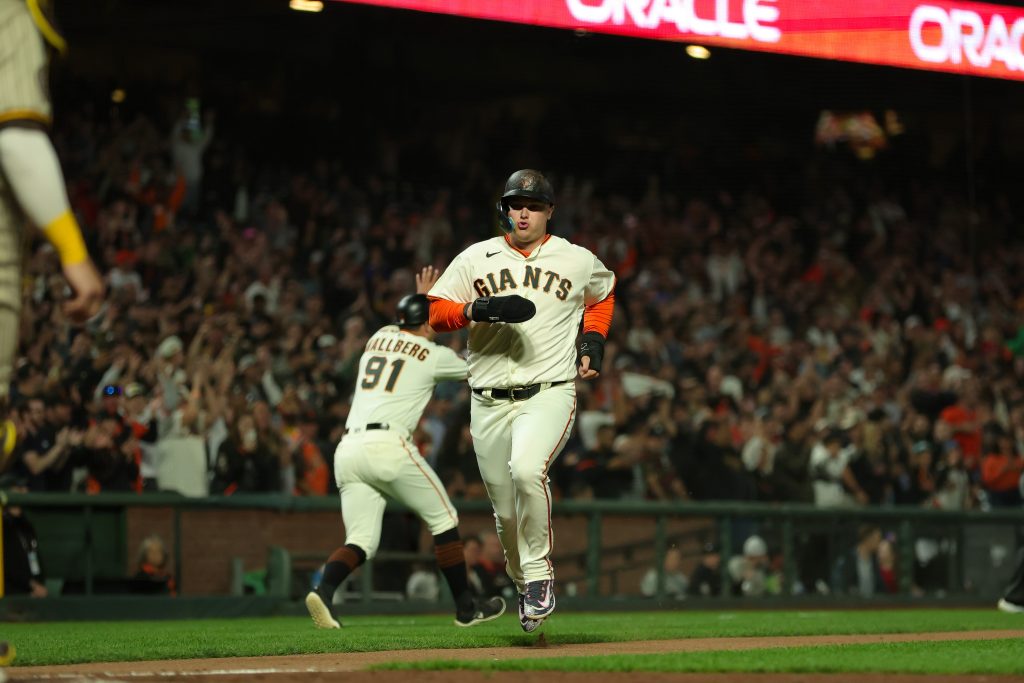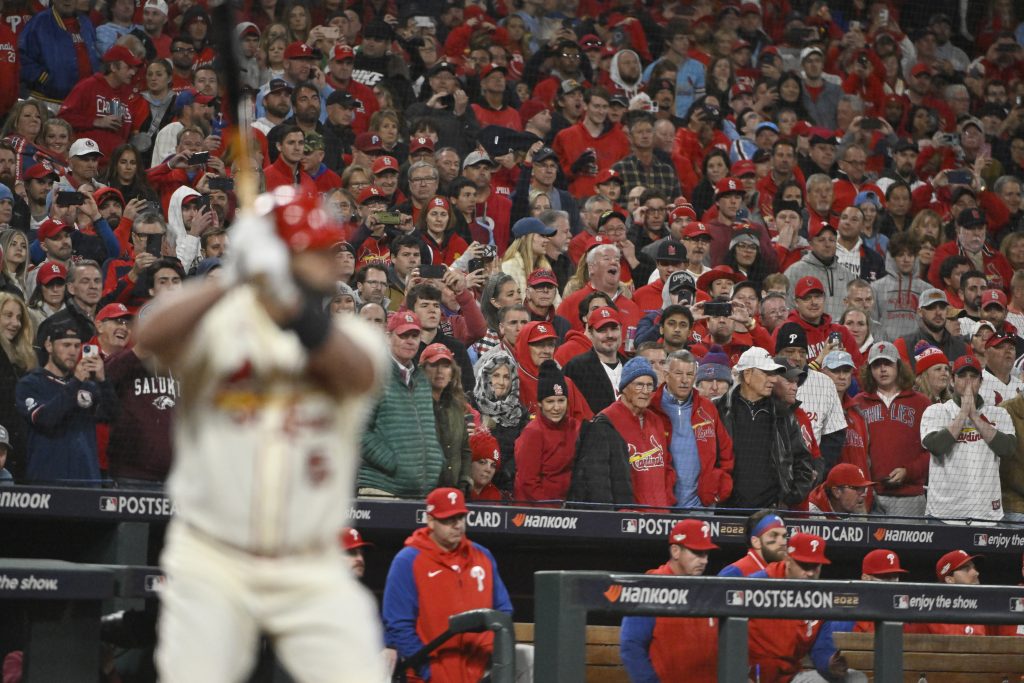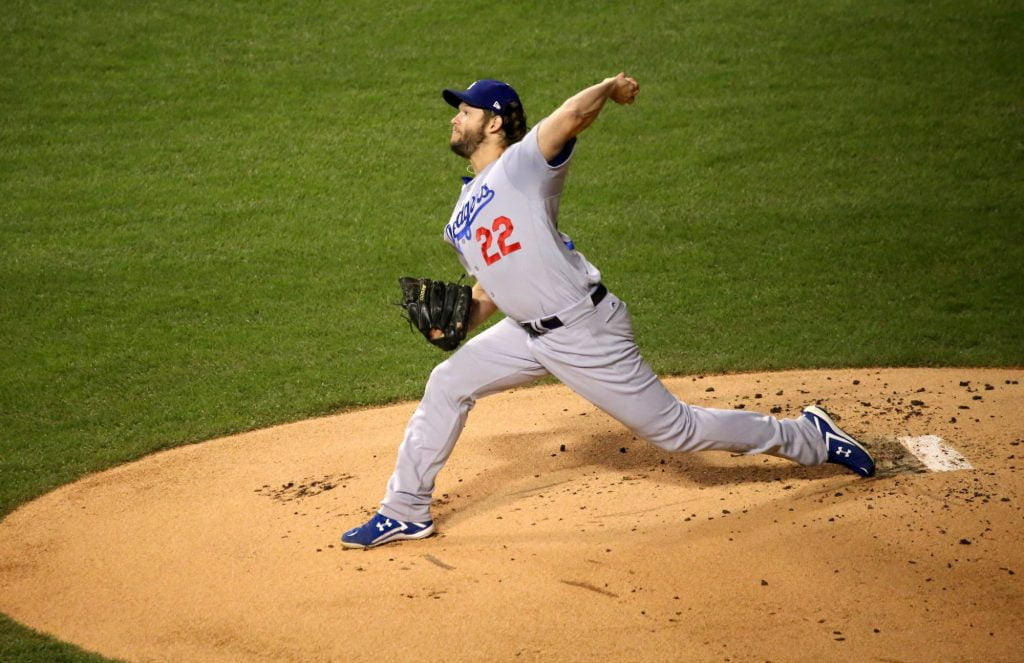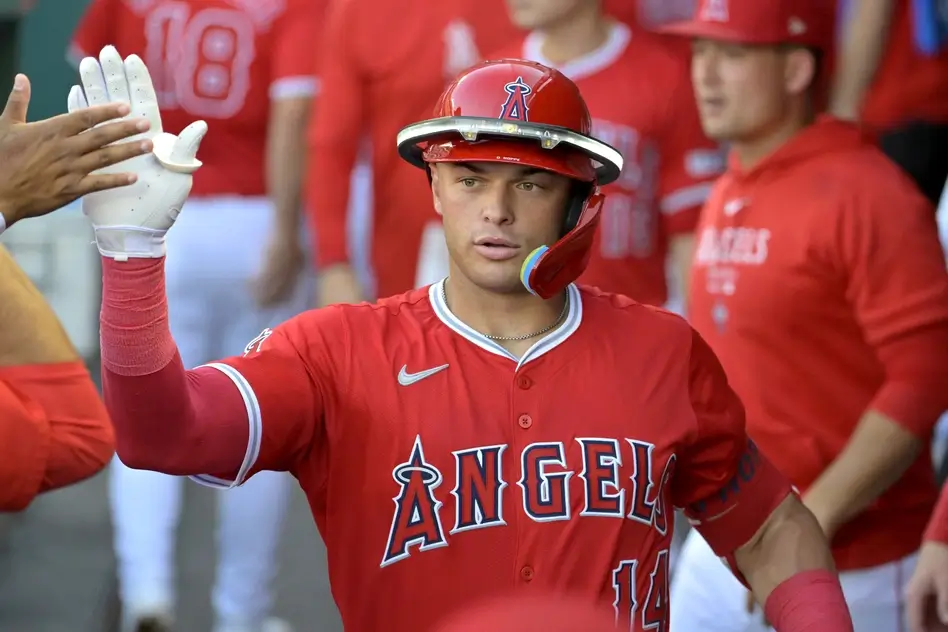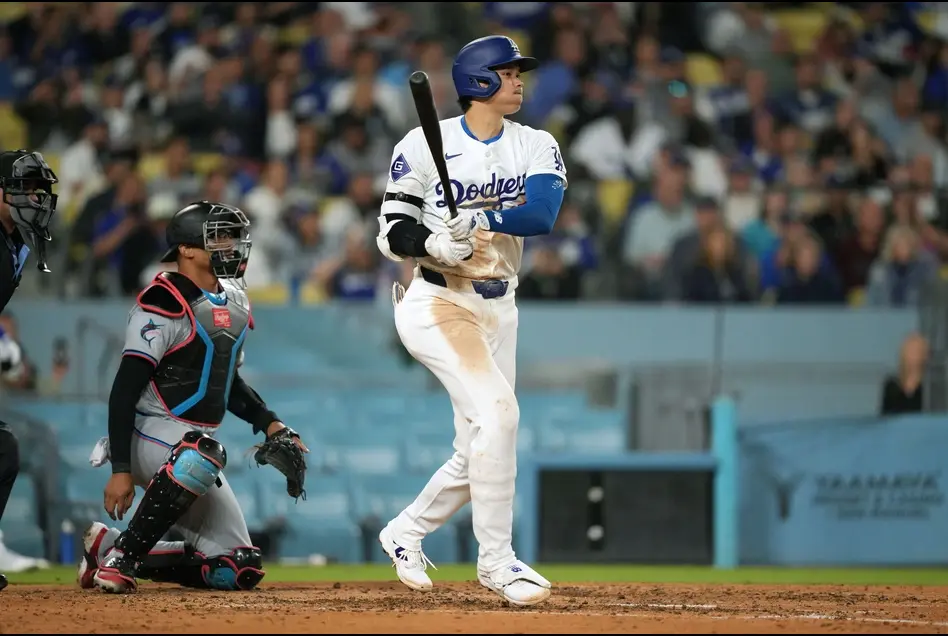In the interest of competitive balance, MLB introduced the qualifying offer in 2012. For casual fans, the system is a little complicated, so they still need the MLB qualifying offer explained. So what are the rules for the qualifying offer and how does it work?
Explaining MLB Qualifying Offers
At the heart of the qualifying offer system, teams can attempt to keep their best free agents for another year. If not, teams can receive some compensation in the form of an extra draft selection for losing one of their best players. Meanwhile, the team signing a player who rejected a qualifying offer must forfeit a draft pick or lose international signing bonus money. That’s the basic premise, but if you still need the MLB qualifying offer explained, here are answers to some key questions.
How Do Qualifying Offers Work in MLB?
MLB qualifying offers are given to players who are about to enter free agency. By giving a player a qualifying offer, a team is offering that player a one-year deal at a pre-determined salary. If the player rejects that offer, they can still sign a long-term deal with that team. But if they end up signing with another team, the team that offered them the qualifying offer receives draft-pick compensation. Similarly, the team that signs a player who rejected a qualifying offer must forfeit either a draft pick or money from their international signing bonus pool.
The salary for qualifying offers is announced by MLB before the start of the offseason. The salary is calculated by taking the average of the 125 highest salaries in the league. Since this system started during the 2012-13 offseason, the value has increased each year. For the 2012-13 offseason, players given a qualifying offer could accept a salary of $13.3 million. For the 2023-24 offseason, any player accepting a qualifying offer will make roughly $20.325 million during the 2024 season. Due to this high salary, qualifying offers are usually reserved for the top free agents.
It’s worth noting that players can only receive a qualifying offer once in their career. If a player received one earlier in their career, even by a different team, their current team can’t extend a qualifying offer to them. Also, players can only receive a qualifying offer if they have spent at least one full season with a team. Therefore, players traded mid-season aren’t eligible for a qualifying offer.
What Happens if a Player Accepts a Qualifying Offer?
If a player accepts a qualifying offer, they stay with their current team for one more season at the qualifying offer salary, which is $20.325 million for the 2024 season.
By agreeing to the qualifying offer, they are delaying their free agency for another year. They also know that they can’t receive a qualifying offer the following season. Of course, it’s possible to sign a long-term extension with their current team after accepting the qualifying offer.
What is the Penalty for Signing a Player Who Received a Qualifying Offer?
If a player rejects a qualifying offer and signs with a new team, which is often the case with players who receive qualifying offers, there is a qualifying offer penalty for the team signing that player. This penalty comes in the form of either a loss of draft picks or a loss of international signing bonus money, sometimes both.
Each team’s highest draft pick is always protected from this type of penalty. However, teams that crossed the competitive balance tax threshold the previous year and signed a player who rejected a qualifying offer will forfeit their second and fifth-highest draft picks. If that team signs a player who rejected a qualifying offer, they will also lose their third- and sixth-highest draft picks. These teams will also lose $1 million from their international bonus pool.
If a team that receives money via MLB’s revenue-sharing plan signs a player who rejected a qualifying offer, they will lose their third-highest draft pick. If they sign a second player, they lose their fourth-highest draft pick as well. For teams that didn’t cross the competitive balance tax threshold and didn’t receive revenue-sharing money the previous year, they will lose their second-highest draft pick and $500,000 from their international bonus pool if they sign a player who rejected a qualifying offer.
If they sign a second player, they also lose their third-highest draft pick and an additional $500,000 from their international bonus pool.
What Picks Do Teams Get As a Result of Qualifying Offers?
Much like the penalty for signing a player who rejected a qualifying offer, the compensation they receive for losing that player depends on their payroll the previous year. Teams that went over the competitive balance tax threshold will receive an extra draft pick between the fourth and fifth rounds.
For teams that receive revenue-sharing money, if they lose a player who rejected a qualifying offer, they receive an extra draft pick between the first round and Competitive Balance Round A.
However, this is only if that player signs a contract worth at least $50 million. If that player signs for less than $50 million, the extra draft pick comes after Competitive Balance Round B. Likewise, teams that didn’t cross the competitive balance threshold and don’t accept revenue sharing receive an extra pick after Competitive Balance Round B if they lose a player who rejected a qualifying offer.


